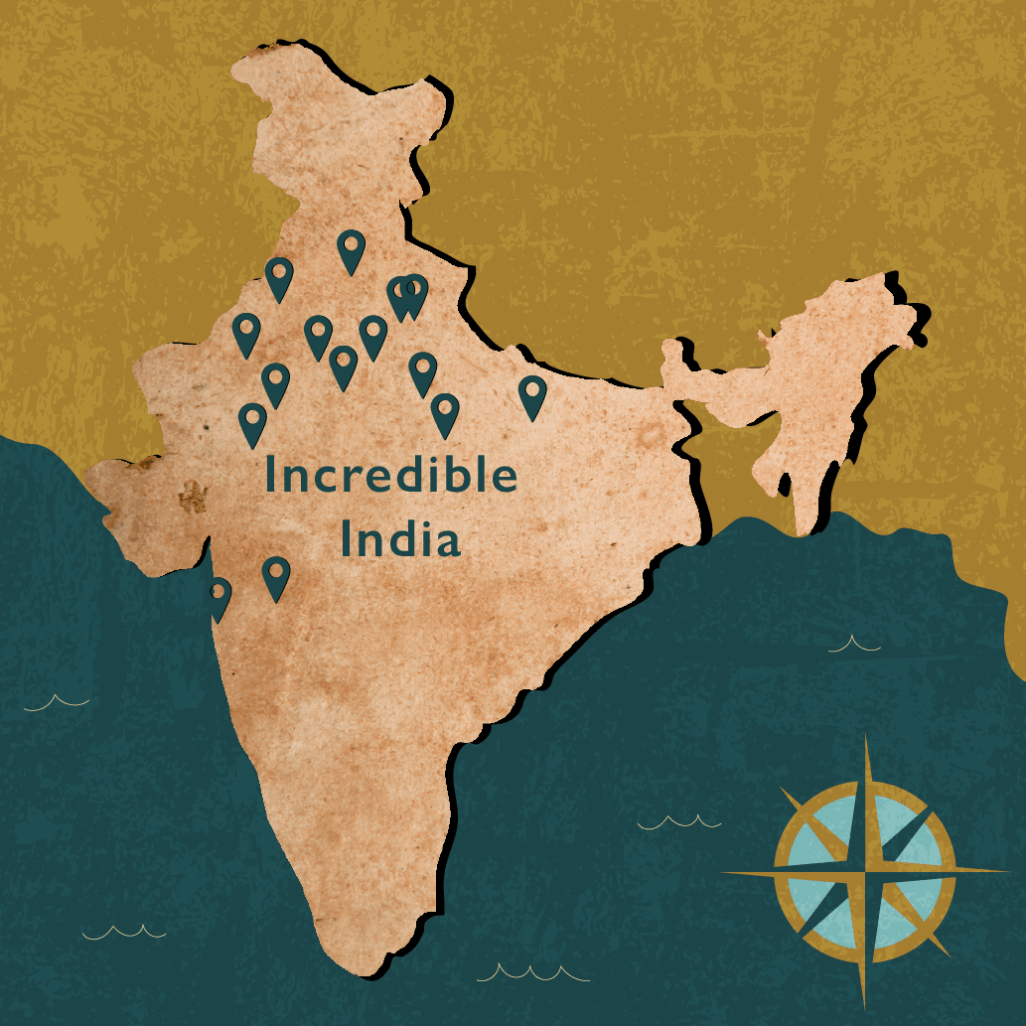
Incredible India


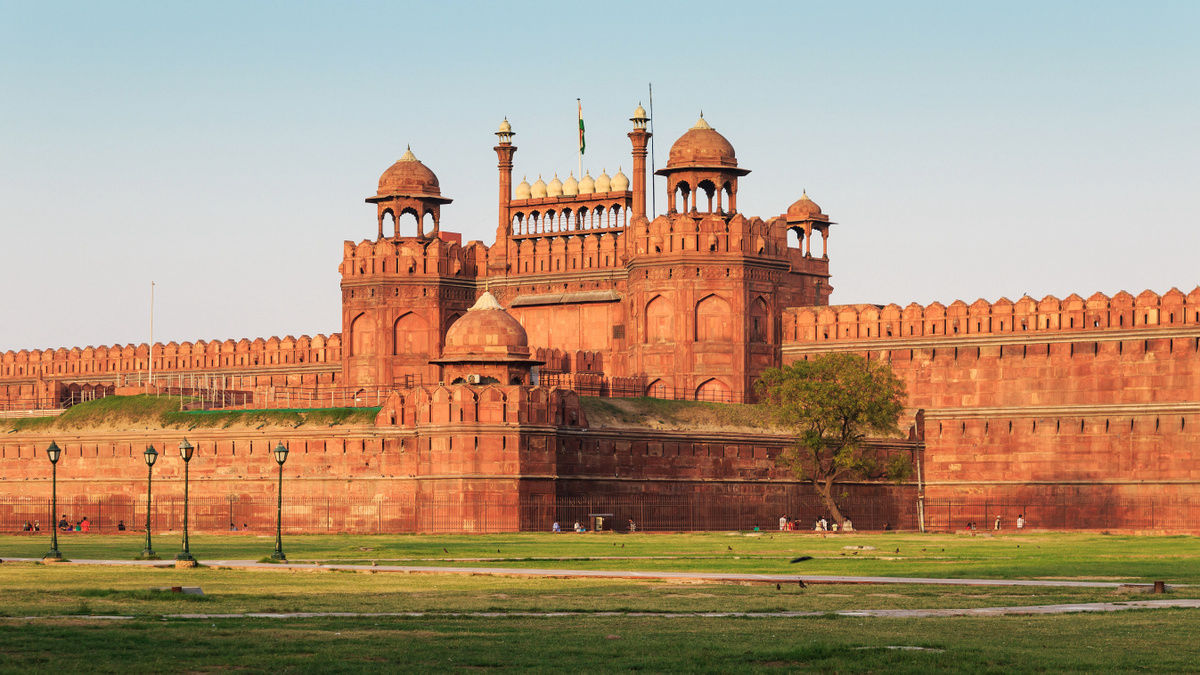
Arrive Delhi by an international flight. After clearing immigration and customs formalities you are met by a representative from First Tours India and transferred to the Taj Mahal New Delhi, located in the lush green environs of Lutyens Delhi. The capital of India, Delhi is its third largest city with a population of about 16 million. Its strategic location has given it a focal position in Indian history and many great empires have ruled from here. The monuments and ruins of these are scattered throughout the city, often cheek by jowl with modern structures and high-rise towers.
Taj Mahal New Delhi

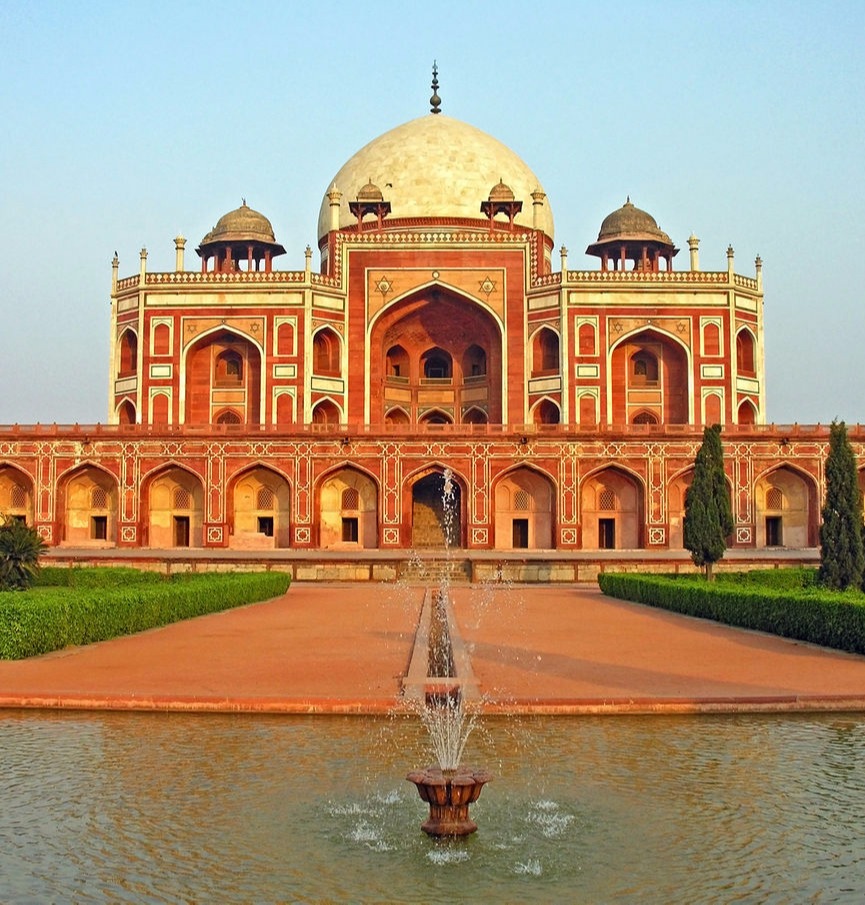
Enjoy touring of Old Delhi visiting the Red Fort (1639-1648) which reflects the grand but stultifying court etiquette of Shah Jahan. Enjoy a bicycle rickshaw ride to India's largest mosque Jami Masjid, the spiritual centre of Shahjahanabad. At this red sandstone mosque with bold marble carvings and intricate calligraphic inlay, the faithful stream in and out from the surrounding bazaars. Return to the hotel en route visiting Gandhi Memorial at Raj Ghat. This afternoon visit one of Delhi's most famous landmarks, the fluted red sandstone tower of Qutb Minar. Started in 1199, the tower tapers upwards from the ruins, covered with intricate carvings and deeply inscribed verses. Continue on to the 1564 Humayun's Tomb – the most arresting example of the synthesis of two of the great building styles of Asia – the Persian and the Indian. Humayun's red sandstone and marble tomb follow the octagonal form of the Delhi sultans' tombs with high central arches, fine proportions and incorporates the first "four-garden" that set the pattern for later Mughal memorials. Also explore the most grandiose and elegant Victorian section of New Delhi which contains the majestic government buildings conceived by Sir Edwin Lutyens and assisted by Herbert Baker.

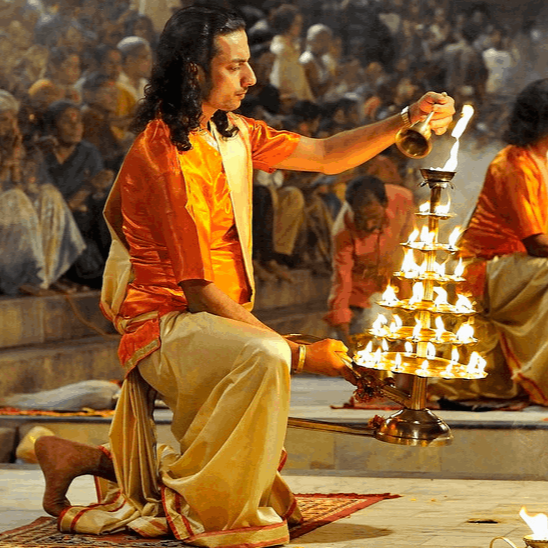
This morning fly to Varanasi, also known as Kashi - the City of Light, India's holiest Hindu city with a spiritual and religious legacy that goes back nearly 3000 years. Arrive Varanasi and transfer to Nadesar Palace. Set amidst verdant gardens, mango orchards, marigold and jasmine fields, this stately palace is a haven of peace and tranquility. This afternoon drive 6 miles northeast of Varanasi to visit Sarnath, where in the 6th century BC Siddhartha Gautama – who came to be known as the Buddha, the "Awakened One" - gave his first sermon and set in motion the Wheel of Law. Also visit the Archaeological museum that exhibits a superb collection of Buddhist artifacts including the Ashokan lion capital in polished sandstone, India's national emblem. Later in the evening visit the Ghats and watch Ganga Aarti, a much awaited daily ritual, where the river Ganga is propitiated for all the bounty that she bestows on the Indian plains. The Ghats along the banks of the river Ganga look breathtakingly beautiful as earthen lamps and marigold flowers illuminate the holy waters.
Taj Nadesar Palace

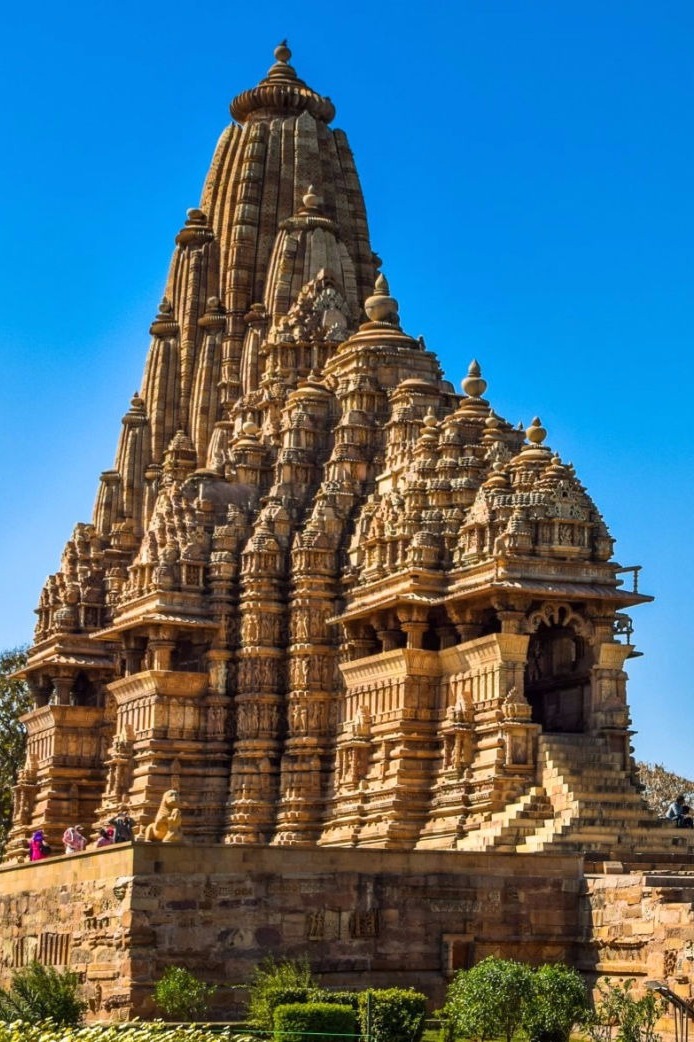
Stretched along the crescent of the holy river Ganga born in heaven and descended to earth - Varanasi's waterfront is dominated by "landings" where pilgrims come for their daily ritual ablutions. Early morning enjoy a sunrise boat ride on the Ganges when the temples along the river fronts are bathed in soft light of the rising sun. The people of Varanasi trickle out of the labyrinthine lanes and head for the Ghats at dawn to perform Yoga Asanas, take a ritual dip and offer flowers and incense to the river. Following this, visit Vishwanath temple and walk through the old bazaars. Return to your hotel for breakfast. Later fly to Khajuraho and transfer to The Lalit Temple View Khajuraho which overlooks the Western Group of Temples famed for their erotic sculptures. Enjoy sightseeing this afternoon visiting the magnificent temples of Khajuraho, a UNESCO World Heritage Site, built between the 9th and 10th centuries by the Chandela dynasty which dominated Central India at that time. The 25 temples at Khajuraho represent the brilliant burst of artistic flowering that took place under the generous patronage of the powerful Chandela rulers, who made Khajuraho their peacetime capital. The temples also highlight the pinnacle of North Indian temple art and architecture remarkable for their grand dimensions yet perfectly harmonious composition. The exquisite sculptural embellishments cover the temples depicting gods and goddesses, beasts and warriors, sensuous maidens, dancers, musicians and, of course, the erotic scenes for which the Khajuraho temples are famous. The erotic sculptures are believed to serve as a love manual to express an exuberant celebration of life and creation. The remoteness of the temples' location saved them from the ravages of Islamic raiders, but also led to their being abandoned in the 13th century. Hidden in a dense forest for 700 years, they were rediscovered in 1839 by Englishman Captain TS Burt of the Bengal Engineers.
The Lalit Temple View Khajuraho

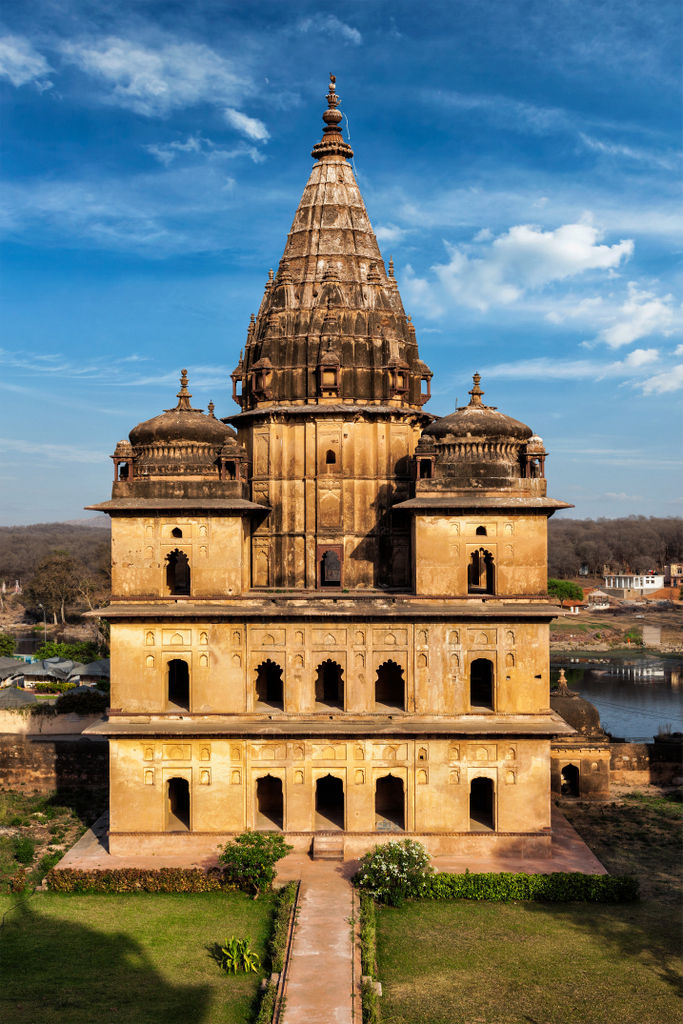
Travel overland to Orchha, dramatically positioned on a rocky island enclosed by a loop of the Betwa River. Founded in 1531, it was the capital of the Bundela kings until 1738. Visit the medieval fort and palaces built at the height of Bundela power. The many-layered palace has 132 chambers off and above the central courtyard and is extravagantly embellished with lapis lazuli tiles, graceful chhatris and ornate jali screens. After possible lunch at Orchha Resort drive a short distance to the Jhansi railway station in time for air-conditioned express train to Agra. Arrive Agra and transfer to The Oberoi Amarvilās, a luxury resort located just 500 meters from the world famous monument of love - the Taj Mahal. Built in a style inspired by Moorish and Mughal architecture, the resort is a splendid display of terraced lawns, fountains, reflection pools and pavilions with rich interiors that take you back to an era of Emperors and Princes. Agra was the seat of Imperial Mughal court during the 16th and 17th centuries before the capital was shifted to Delhi. The city strategically located on the banks of the Yamuna, flourished under the patronage of the great Mughal Emperors attracting artisans from Persia, Central Asia and also from other parts of India who built luxurious forts, palaces, gardens and mausoleums.
The Oberoi Amarvilās

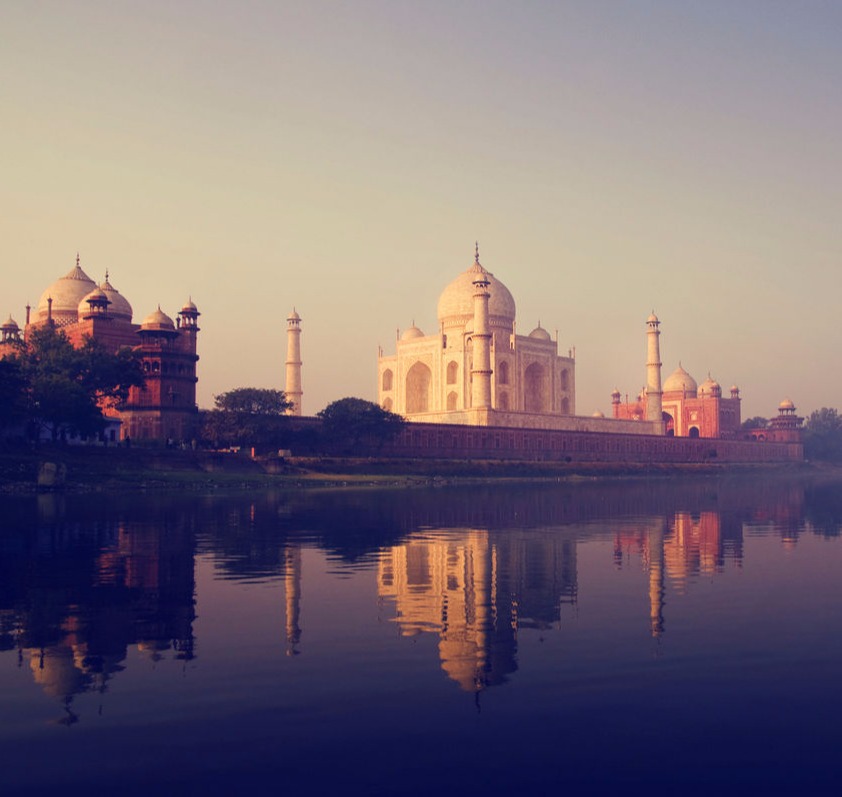
Wake up to the glorious sight of the Taj Mahal, bathed by the first rays of dawn. Visit the Taj Mahal at sunrise when the monument appears to change its hue, tinted by the glow of the rising sun. After breakfast proceed to visit Agra Fort situated on the banks of river Yamuna. This imposing structure of palaces, mosques and audience halls contained within its massive walls was founded by the Mughal Emperor Akbar in 1565. The high red-sandstone ramparts of Agra Fort dominate a bend in the River Yamuna northwest of the Taj Mahal. This afternoon re-visit the Taj Mahal at sunset when the monument appears to change its hue, tinted by the glow of the setting sun. In the memory of his favorite wife Mumtaz Mahal who died at the age of 39 while giving birth to their 14th child, the great Mughal Emperor Shah Jahan built this most extravagant and incomparable monument of love.

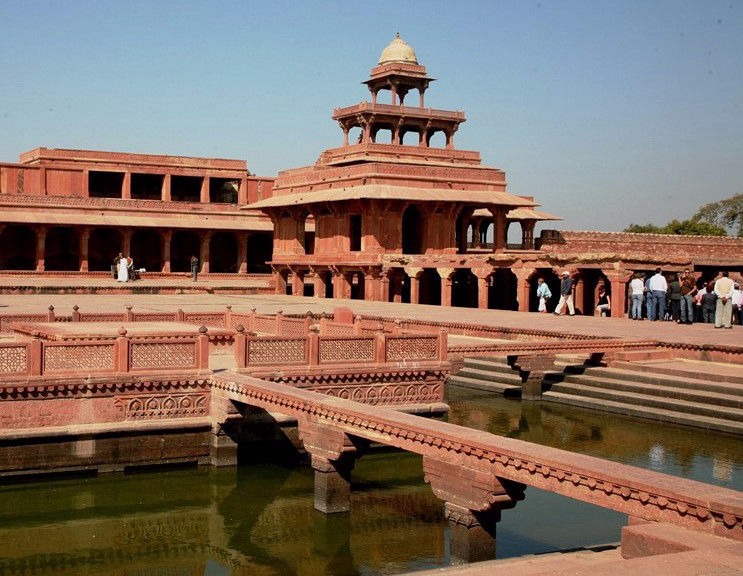
After breakfast drive to the ghost city of Fatehpur Sikri, a former capital of the great Mughal emperor Akbar. Built between 1571 and 1585, it has lain silent for almost four centuries. Now deserted, it is almost perfectly preserved - a masterpiece in sandstone with the stunning elegance of its palaces, mosques and courts glowing in subtly changing shades of red. After sightseeing, continue drive 4 hours through lush green countryside to Ranthambhore and check-in to The Oberoi Vanyavilās, a luxury jungle resort located near Ranthambhore National Park set in 20 acres of orchards and flowering trees.
The Oberoi Vanyavilās

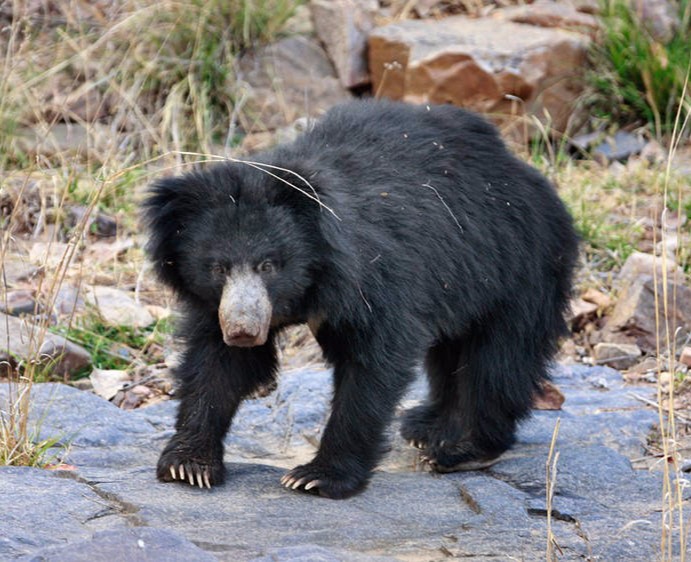
Ranthambhore National Park lies in the shadow of the Aravali mountain range and covers a core area of 150 sq miles. Its razor-sharp ridges, deep boulder-filled gorges, lakes and jungles are the habitat of carnivores such as the caracal, panther, jackal, hyena, numerous species of deer, and a rich variety of resident and migratory birds. The most famous resident, however, is the endangered tiger. The tenth century Ranthambhore fort and quaint pavilions, palaces and chhatris give this hill-fringed sanctuary a unique charm. In the early morning and in the late afternoon enjoy wildlife safaris to the national park for game viewing.

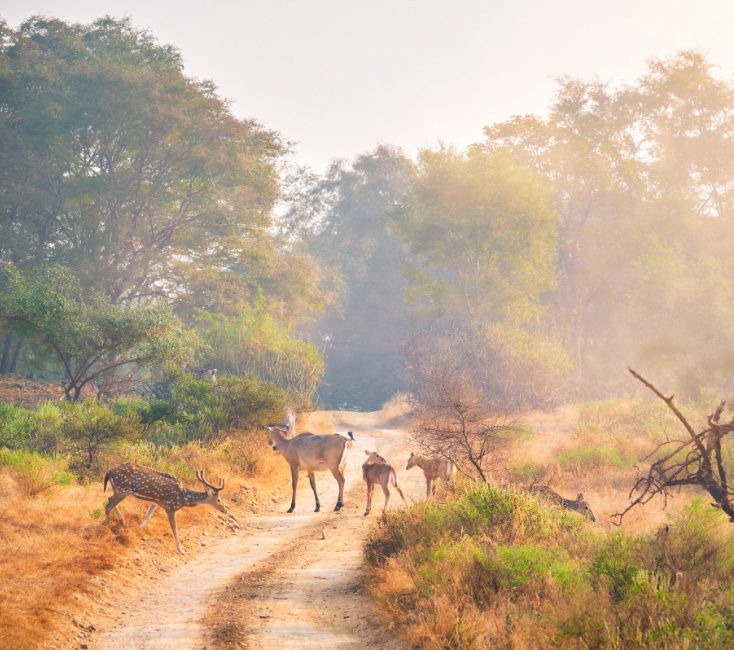
Early morning enjoy another wildlife safari to the national park for game viewing. After a leisurely breakfast drive 4 hours through scenic countryside to Jaipur, the flamboyant capital of the state of Rajasthan. Arrive Jaipur and check-in to The Oberoi Rajvilās, a royal luxury resort set in 32 acres of beautiful gardens with pavilions and reflection pools that create the romance and grandeur of royal Rajasthan. Famous for its colorful culture, forts, palaces and lakes, this historic city basks in the glory of a rich and eventful past. The afternoon is at leisure to explore some of the excellent shopping opportunities in Jaipur. Markets of Jaipur are famous for gold and silver jewelry and gem stones particularly emeralds, rubies, sapphires and diamonds. Jaipur is also specializes in printed cotton handicraft, carpets and durries; embroidered leather footwear and blue pottery.
The Oberoi Rajvilās

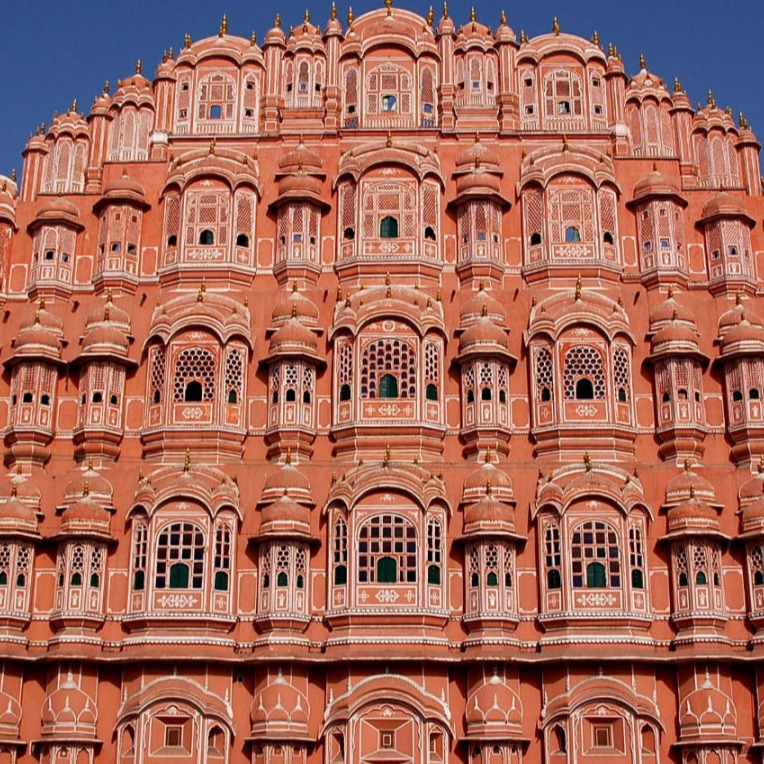
Today drive 7 miles north of Jaipur to visit Amber Fort, the ancient capital of the Rajputs from 1037 until 1728. Fortified by natural hills, high ramparts and a succession of gates ascend the Fort on elephant back and visit Amber's magnificent palaces. The building of the fort-palace was started by Raja Man Singh, a noted Rajput general in Akbar's army in 1600, and the architecture shows distinct Mughal influence. The practice of covering walls with mosaics of mirrors was first introduced to India by the Mughals. Enjoy sightseeing this afternoon visiting Jaipur's most famous monuments - the Palace of Winds and Jantar Mantar Observatory - both within the City Palace Complex, at the heart of the Pink City. The city's single most striking feature, its pink color, did not form part of the original design. The buildings were sallow yellow and first given a pink wash - traditionally the color of hospitality - when the city was spruced up for the visit of Prince Albert from England in 1856. The exhibits and interior design of the City Palace have lost none of the pomp and splendor of their glory days. Each door and gateway is heavily decorated, each chandelier intact and each hall guarded by turbaned retainers decked in full royal livery impressing the continuity of a living royal presence.

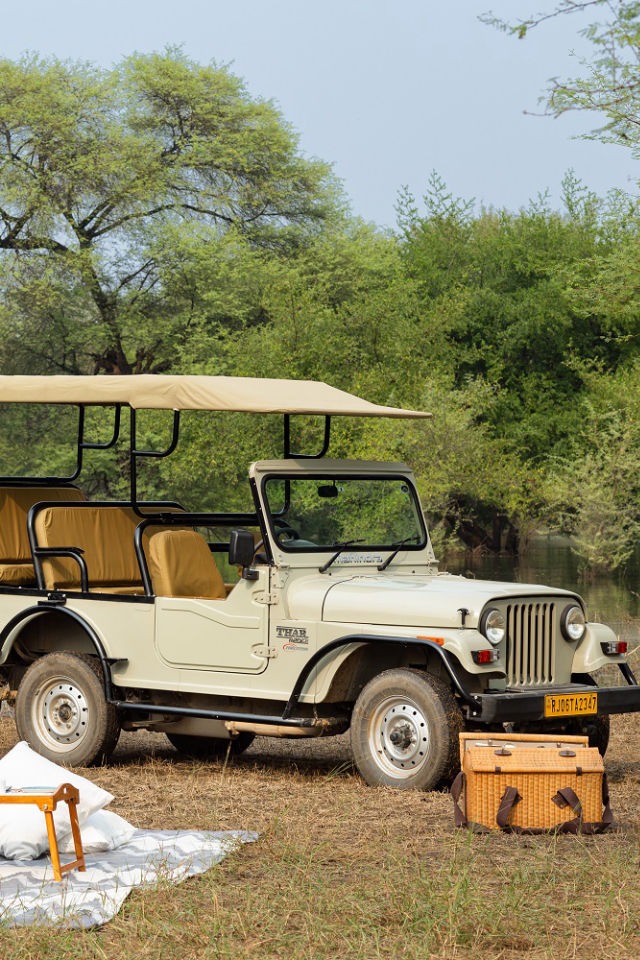
Depart Jaipur and drive 145 miles through scattered Rajasthani villages to Chhatra Sagar. Surrounded by lush green fields and vast grazing pastures, this hundred-year old reservoir was a hunting preserve of the Nimaj Estate. Arrive Chhatra Sagar and check-in to RAAS Chhatrasagar. Tastefully designed and well-appointed luxury tents of RAAS Chhatrasagar have fully equipped rooms, attached bath with hot and cold water and private sit out overlooking the lake in the East and the peaceful natural vistas on the other side. Chhatra Sagar Nimaj offers an unparalleled insight into Rajasthan's vivid and colorful rural heritage by showcasing the prevalent Seervi & Gujjar Tribal culture. In the afternoon enjoy a jeep safari to the Seervi & Gujjar settlements around Chhatra Sagar where you will meet with tribesmen dedicated to the preservation of their natural habitat and social customs. Also walk through the farmlands to the farmer’s village. These farmers, locally known as Seervis, grow various crops like cotton, anise, cumin, henna, chilies and a variety of grains and pulses. After a brief walk through the narrow lanes of the village drive to the shepherd’s village. Shepherds, locally known as Gujjars, are very important to the farmers and share a symbolic relationship as their sheep provide the rich manure needed to make this arid region fertile. In the evening experience the warm hospitality and delicious Rajasthani food cooked with farm fresh vegetables handpicked from homegrown Organic garden.
RAAS Chhatrasagar

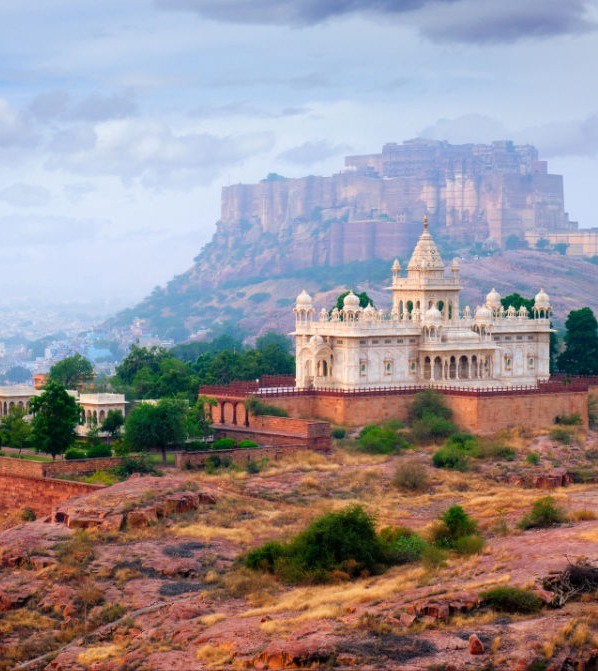
Drive 60 miles in 2 hours to Jodhpur, the second largest city of Rajasthan lies on the once strategic Delhi-Gujarat trading route. This historic city was founded in 1459 by Rao Jodha, the Rathore ruler of the kingdom of Marwar. With the majestic Meherangarh Fort towering over opulent palaces, colorful bazaars and the sands of Thar Desert, Jodhpur epitomizes all the romance and feudal splendor of Rajasthan. On arrival check-in to Raas, a luxury boutique hotel located inside the Walled City. Enjoy sightseeing of Jodhpur this afternoon visiting the Meherangarh Fort, the most authentic surviving taste of ceaseless rounds of war, honor and extravagance that characterized Rajputana. Also visit Jaswant Thada, the 19th-century cenotaph, royal cremation ground of the former rulers of Jodhpur and the medieval markets selling textiles, antiques and spices. Jodhpur's bazaar lies clustered around a clock tower and is a fascinating area to explore with its little shops selling silver jewelry, lacquer bangles, tie-dyed fabrics, soft camel leather shoes, puppets, clay figurines and colorful heaps of sweets and spices. The pavements are lined with henna artists who decorate women's palms with intricate, lacy patterns.
RAAS Jodhpur

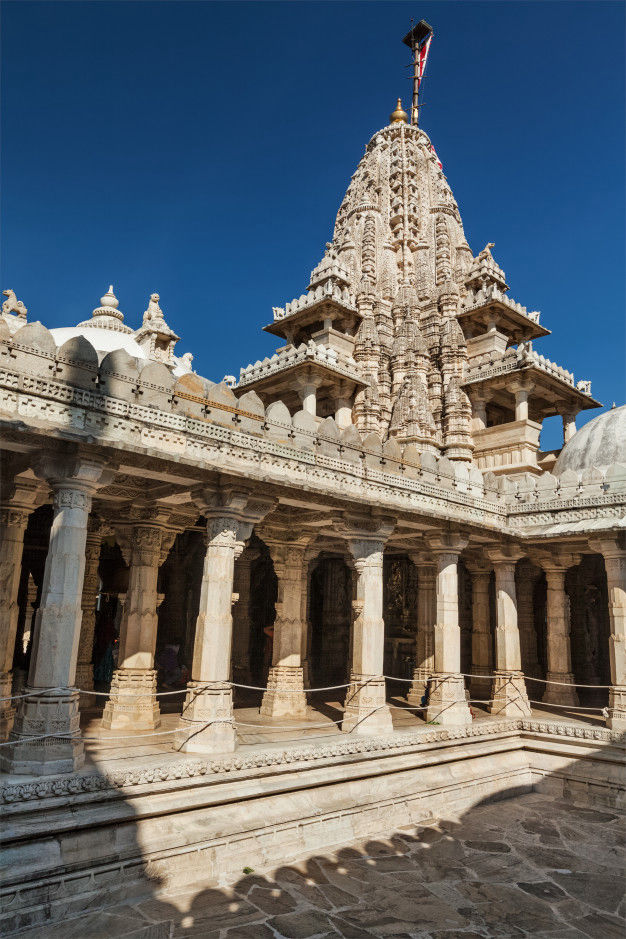
After breakfast journey overland to wistful and serene Udaipur. En route stop at the secluded 1439 Jain temple complex at Ranakpur and visit the famous Adinath temple. It is a beautifully crafted marble edifice with 29 halls supported by 1444 pillars – no two of which are alike. Inspired by a dream of a celestial vehicle, Dharna Shah is said to have commissioned the temple construction, under the auspices and patronage of Rana Kumbha, the ruler of Mewar kingdom. After possible lunch at Maharani Bagh Orchard Retreat, continue drive to Udaipur. Arrive Udaipur and check-in to The Oberoi Udaivilās, a luxury resort built in 30 acres of beautifully landscaped gardens against the backdrop of Aravali range. The resort has been designed as a splendid palace showcasing the rich heritage of the Mewar region with its courtyards, walkways, fountains and reflection pools. Udaipur, often referred as the "Venice of the East" and "Most Romantic City of India", was the capital of the former princely state of Mewar and remained so until the state was merged with the Republic of India in 1947.
The Oberoi Udaivilās

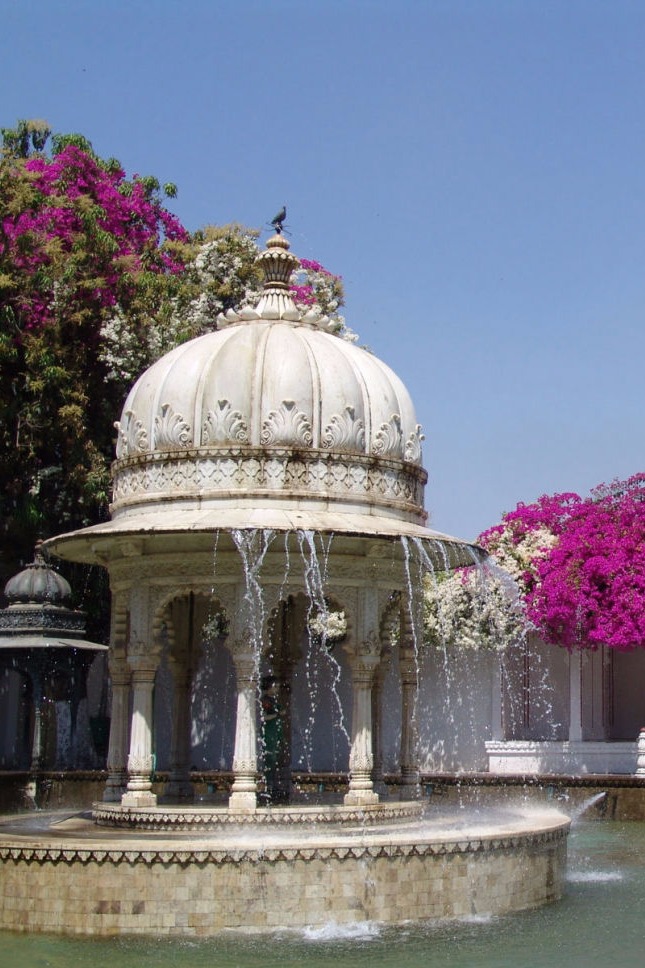
Set around the shimmering Pichola Lake and dominated by dramatic palaces, Udaipur's alleys and narrow streets lend it an almost medieval charm. Today visit Udaipur's fascinating City Palace, molded in soft yellow stone, its windowless base crowned with ornate turrets and canopies. Part of the Palace is now a museum with its marble and granite walls laden with brilliant miniature paintings and decorated with colored glass and mirrors. Continue on to Sahelion-Ki-Bari Park or the Garden of the Maids of Honor on the shores of the second major lake of Udaipur, Fateh Sagar. The park was constructed for forty-eight young ladies-in-waiting who were sent to the royal house as a part of a lavish dowry. It is beautifully laid out with extensive lawns and shady walks and is an excellent example of the Hindu art of landscaping. Also enjoy a panoramic drive around the lake area. Later this afternoon enjoy cruising the calm waters of Lake Pichola on a boat seeing the fabled city of Udaipur rise majestically above the lake in the middle of the Rajasthan desert.

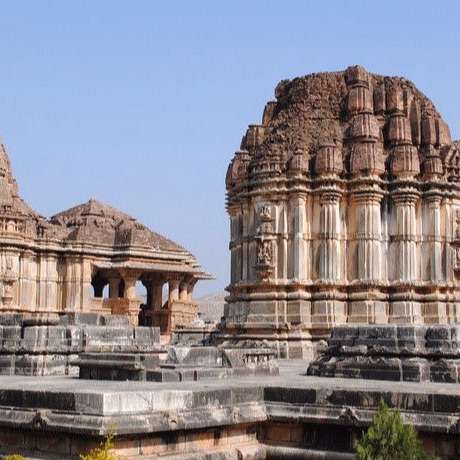
Travel to the Aravalli Hills north of Udaipur to visit Eklingji temple complex. This beautifully sculpted temple complex with 108 temples within its high walls was built by the Sesodia dynasty of Mewar in honor of their presiding deity Eklingji, a form of Lord Shiva. The Main temple dates to the 15th century is made of marble and granite and has an enormous double-storied, elaborately-pillared hall under a vast pyramidal roof with a four-faced image of Lord Shiva in black marble. Proceed to the 625 AD site at Nagda to explore the temple of Eklingji and a majestic pair of Vaishnavite temples known as Saas-bahu. In the afternoon fly to Aurangabad and transfer to Vivanta Aurangabad. This palace-styled hotel set amidst five acres of landscaped gardens offers spacious comfort and rich warm, hospitable service. Aurangabad is the largest city in northern Maharashtra and is the nearest air-link to the splendid caves at Ajanta & Ellora.
Vivanta Aurangabad

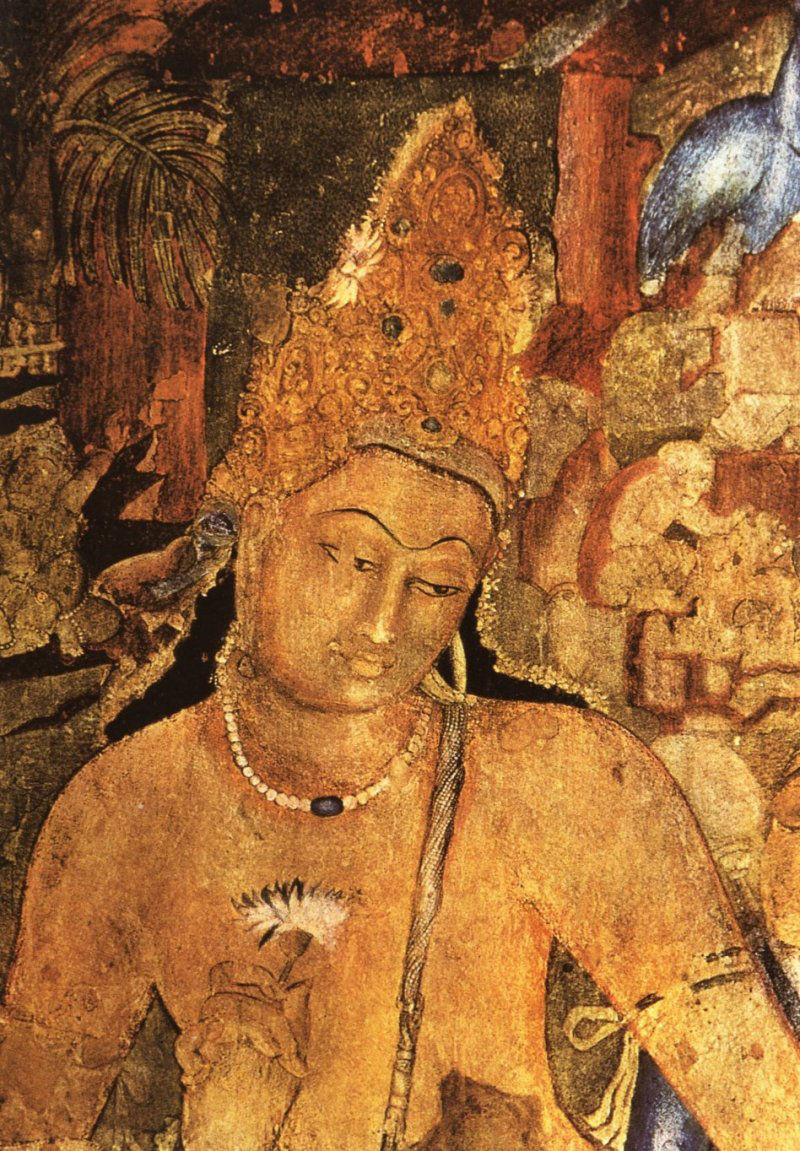
Early morning drive through scenic countryside to Waghora Valley, the hideout of the Ajanta caves. The location of this valley provided a calm and serene environment for the Buddhist monks who retreated at these secluded places during the rainy seasons. This retreat also provided them with enough time for furthering their religious pursuits through intellectual discourses. The caves were excavated in different periods between 2nd century BC and 6th century AD according to the necessity. Each cave was connected to the stream called Waghora by a flight of steps. See the exquisite and immaculately preserved paintings, phalanxes of stone Buddha and sculptures. Bodhisattva Padmapani, Boddhisattva Avalokitesvara, the Birth of the Buddha and the thousand Buddhas are a few amongst the many fine murals and sculptures you will cherish. These paintings and sculptures are considered to be masterpieces of Buddhist religious art and universal pictorial art. Return to Aurangabad in the late afternoon.

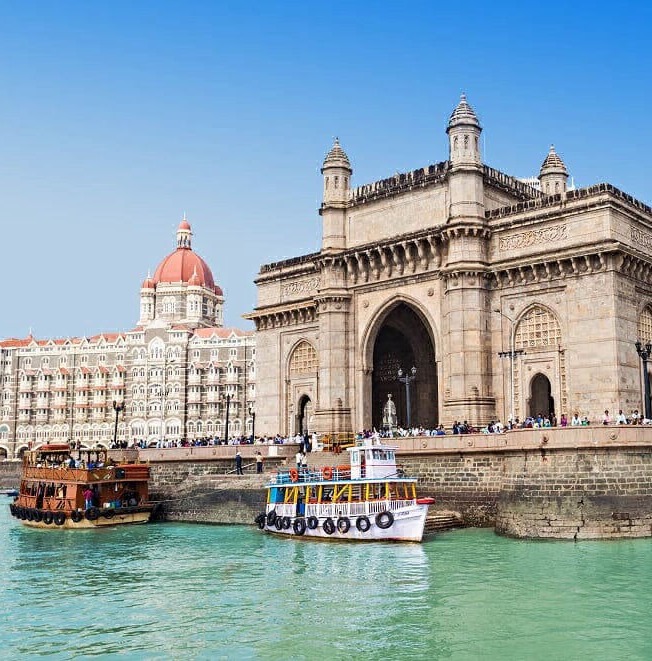
After a leisurely breakfast drive a short distance to visit Ellora Caves, one of the largest rock-hewn monastic-temple complexes in the world, excavated between 5th and 12th century. Ellora, the World Heritage Site, is a unique artistic creation and with its sanctuaries devoted to Buddhism, Hinduism and Jainism it illustrates the spirit of tolerance that was characteristic of ancient India. Visit Kailash temple, world's largest monolith and the principal attraction of the site. This vast lump of solid basalt is fashioned into a spectacular agglomeration of interconnecting colonnaded halls, galleries and sacred shrines. In the afternoon fly to Mumbai and transfer to The Taj Mahal Palace, located by the sea face and adjoining the Indo-Saracenic Gateway of India. Mumbai is a long, narrow promontory covering 166 square miles, which juts into the Arabian Sea. Its downtown is the historic Fort Area in South Mumbai that derives its name from earlier colonial fortifications. This is the city's nerve centre, with the best known sights, hotels & restaurants.
The Taj Mahal Palace

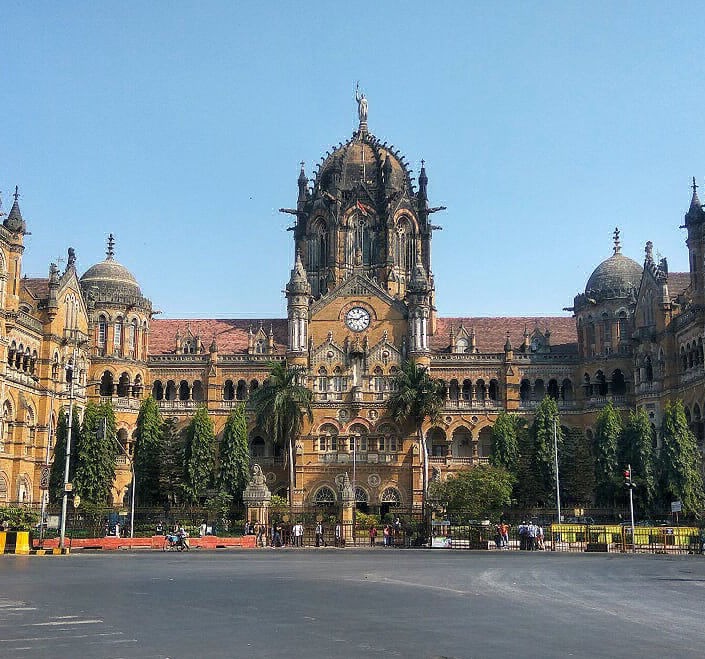
Explore the Kala Ghoda area that teems with museums and art galleries, educational institutions, boutiques, restaurants and the finest array of heritage buildings in the city of Mumbai. Visit Prince of Wales Museum housed in an impressive building designed by George Wittet to commemorate the visit of Prince of Wales to India in 1905. The museum has a good collection of ancient Indus Valley artifacts dating back to 2000 BC and some priceless Tibetan and Nepali Art. The chief attraction here is the collection of over 2000 miniature paintings from the various art schools of India. Also visit National Gallery of Modern Art, the Jehangir Art Gallery that holds short term exhibitions of contemporary art, Victoria Terminus, Crawford market, Hanging Gardens, Kamla Nehru Park, Jain Temple and Mani Bhawan – Gandhi's Mumbai base between 1917 & 1934, this house is now a permanent memorial to the Mahatma. En route to your hotel stop on the Mahalaxmi Bridge to see the extraordinary activity at Dhobi Ghat, the largest open air laundry of the world.
Board your homebound flight with colorful memories that will add untold pleasure to last for a lifetime.
